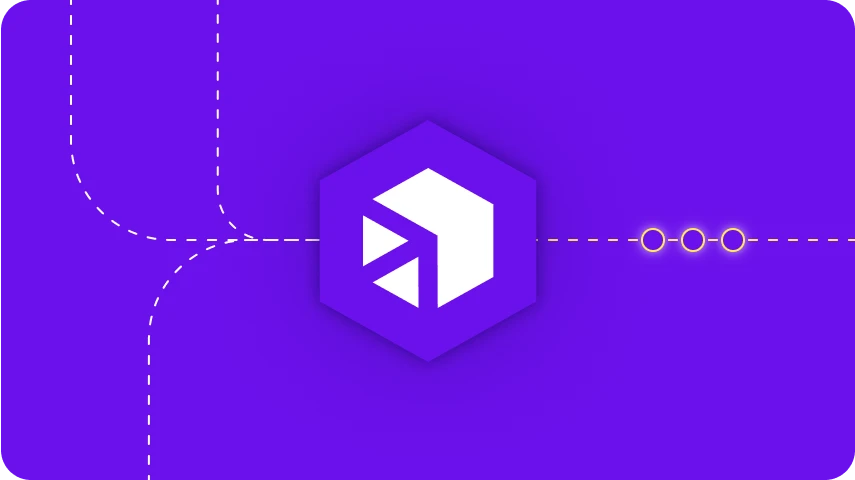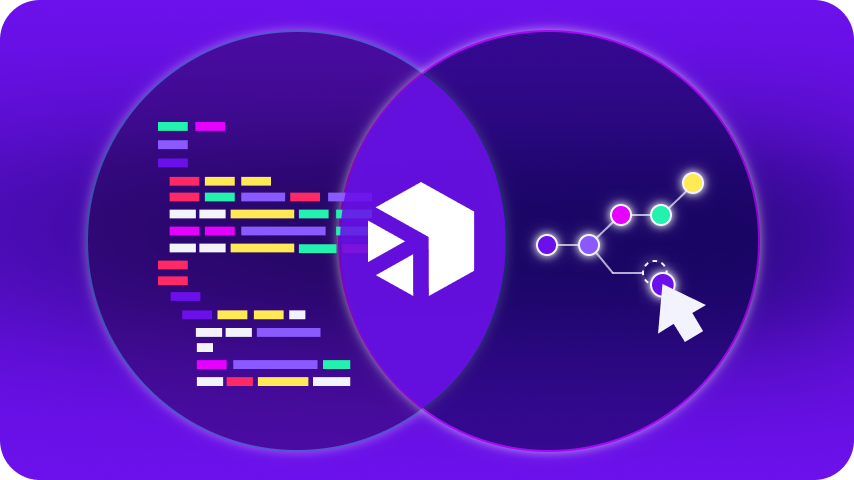January 10, 2023
IT teams are under increasing pressure to resolve burgeoning backlogs. Perceived by internal stakeholders as a critical business blocker, failure to execute on these initiatives impacts the future success of the business. With too many projects and not enough time or resources to make headway, a neglected backlog of work also impacts IT morale. No one likes a backlog.

Enterprise integration is a critical capability when it comes to reducing your backlog. The technology validates and transforms data traveling between systems, which in turn supports automation and other efficiencies essential in rapidly knocking items off the list.
But for businesses that rely on traditional integration solutions, IT backlogs continue to grow with no relief in sight–despite the high costs of the technology. These ROI challenges are compounded by the investment in resources (training and time) so your developers can manage the significant workload needed to implement and manage the technology.
IT Backlogs, it’s a Resourcing Problem
And herein lies the problem. After investing time and money in training some team members on the solution–or even worse, competing on the open market for new hires with the skills, it makes no sense to assign these expensive resources to the lower priority integrations that comprise your IT backlog.
However, Lines of Business (LoB) owners waiting on IT to deliver the missing link in their technology strategy (the link that will resolve a chronic and critical inefficiency), don’t consider their projects to be low priority. When push comes to shove, LoB stakeholders may even go rogue and build their own integrations using one-off tools that place the enterprise at risk. And so the pressure on IT continues to mount.
Yes, you may have extra hands, but only a subset of these hands are qualified to do the work.
This is where Digibee comes in.
Burning Your Backlog With Digibee
In a recent conversation with an American multinational consumer goods corporation, we uncovered yet another scenario where developers certified in a traditional integration platform had to dedicate all of their time to higher priority integrations, leaving the lower-priority IT backlog work untouched.
The company supports 20-30 integrations with their existing platform, with about 8 integration developers certified in the technology. Factoring in headcount, licensing, and subscriptions, freeing up resources to tackle the IT backlog simply wasn’t cost-effective.
Once we understood the challenge, Digibee’s place in the IT value chain became clear. Rather than divert expensive resources from higher priority projects, Digibee’s enterprise integration as a platform (iPaaS) technology could manage and deliver the less urgent (but important) integrations.
This makes sense for a variety of reasons:
- Digibee is fast, reducing time to market by as much as 70% so you can start burning your IT backlog in weeks instead of months or years, allowing you to accelerate your digital transformation
- Digibee is cost-effective, with a simple pricing model (fewer than five SKUs in total) aligned with your data flow and no additional charge for implementation services to architect+build+deliver your initial integrations, premium connectors, and enhanced monitoring. No certification or time-consuming training required, and no extra charges for support. What you see is what you get (and you get a lot).
- Digibee is accessible to all developers. We enable all of your developers (not just the ones certified in a particular solution). Within 10 days, using our low-code integration platform, any of your developers can create and implement integrations.
With Digibee handling your IT backlog of work, the company doesn’t need to deprioritize its important business integrations. Instead, team members certified to perform the specialized work can do that work. Digibee will do the rest.
Next Steps
No longer limited by the traditional integration technology work model, you now have the time and resources you need to light a big fire under your backlog. But before you begin, here are three important steps to help optimize the success of your project:
Review your backlog
Some IT backlogs include projects that were added many months and even years ago. Do a detailed review and ensure the items on your IT backlog still matter. Get rid of the ones that are redundant or that offer no value. While you’re at it, do a stack ranking of all the items remaining on the list so your backlog project team focuses on the most important or high-value initiatives first, working their way down the list.
Leverage the cloud
Wherever possible, prioritize backlog projects that focus on moving legacy applications to the cloud. The speed and efficiency of cloud-based infrastructure will provide enduring value, helping to resolve chronic IT pain points today and in the future.
Assess your workforce
Once you’ve validated (and hopefully shortened) your backlog, identify the skills and knowledge needed to complete the projects. Digibee customers utilize less experienced personnel to manage a significant portion of the work. This model allows your senior developers to focus on the highest value activities while more junior staff handle the lion’s share of the work.
For a deep dive into all the benefits of choosing Digibee’s modern integration solution to support your IT backlog, including detailed comparisons between the traditional MuleSoft model and Digibee, read the white paper: 5 (+1) Reasons to Choose a Modern Integration Solution.
For more information, visit our website, read our customer success stories, or contact us to book a demo.













